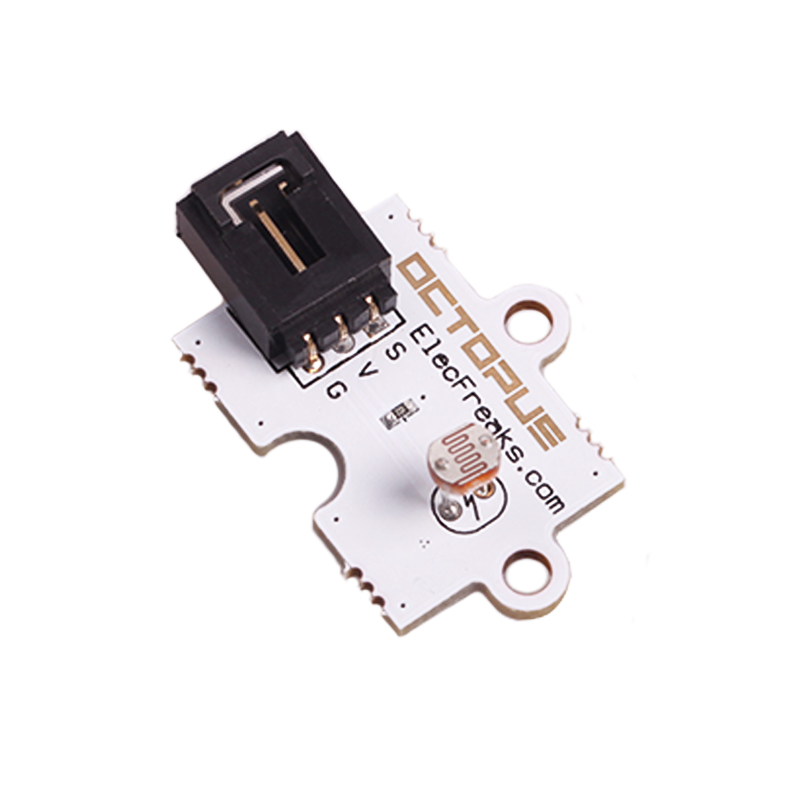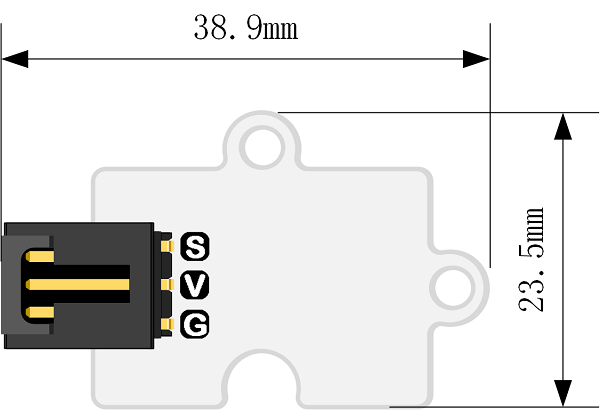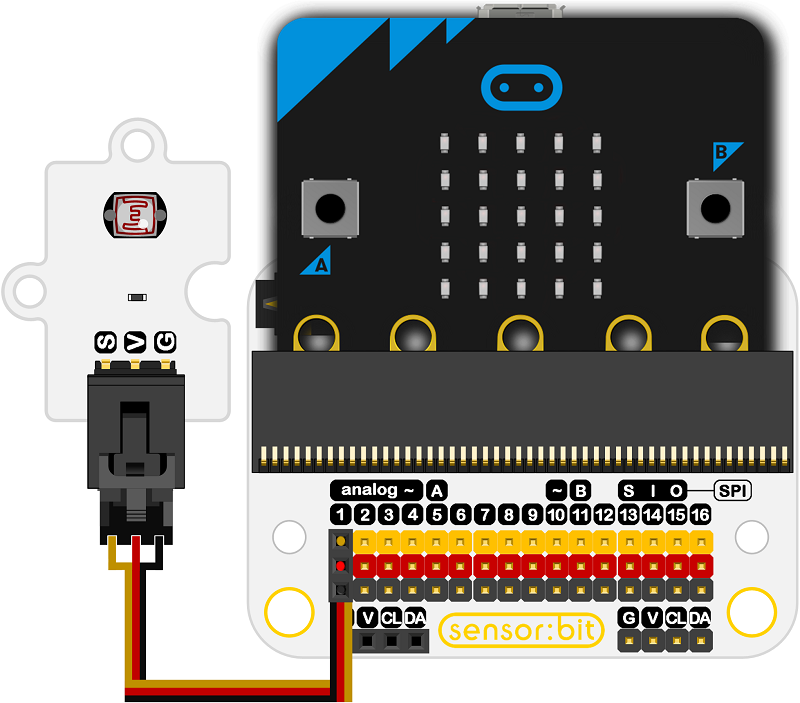Octopus Analog Photocell Brick OBPhotocell(EF04032)
Contents
18. Octopus Analog Photocell Brick OBPhotocell(EF04032)#
18.1. Introduction#
Photocells are sensors that allow you to detect light. They are small, inexpensive, low-power, easy to use and don’t wear out. For that reason they often appear in toys, gadgets and appliances.

18.2. Products Link#
18.3. Characteristics#
Photocells are basically a resistor that changes its resistive value (in ohms Ω) They have a low cost which is also friendly to the environment. Each photocell sensor will act a little differently than the other, even if they are from the same batch. For this reason, they shouldn’t be used to try to determine precise light levels in lux or millicandela. Instead, you can expect to only be able to determine basic light changes. The 3-pins ports is easy to plug and play.
18.4. Specifications#
| Item | Parameter |
|---|---|
| SKU | EF04032 |
| Power Supply | 3V-5.5V |
| Connector Type | Analog |
| Pins Definition | 1-Signal 2-VCC 3-GND |
| Response | Quick response with high sensitivity |
| Circuit | Simple |
| Stability | Stable and durable |
18.5. Outlook and Dimensions#

18.6. Quick to Start#
Materials used and connection diagram#
Connect to the P1 port as the picture shows
Take sensor:bit for example

Program as the picture shows#

Reference#
Links: https://makecode.microbit.org/_XsgKbLhb54MP
You can also download the links below:
Result#
While the light intensity is over 700, an icon is showing on the micro:bit; or a rectangle is showing on the micro:bit.
